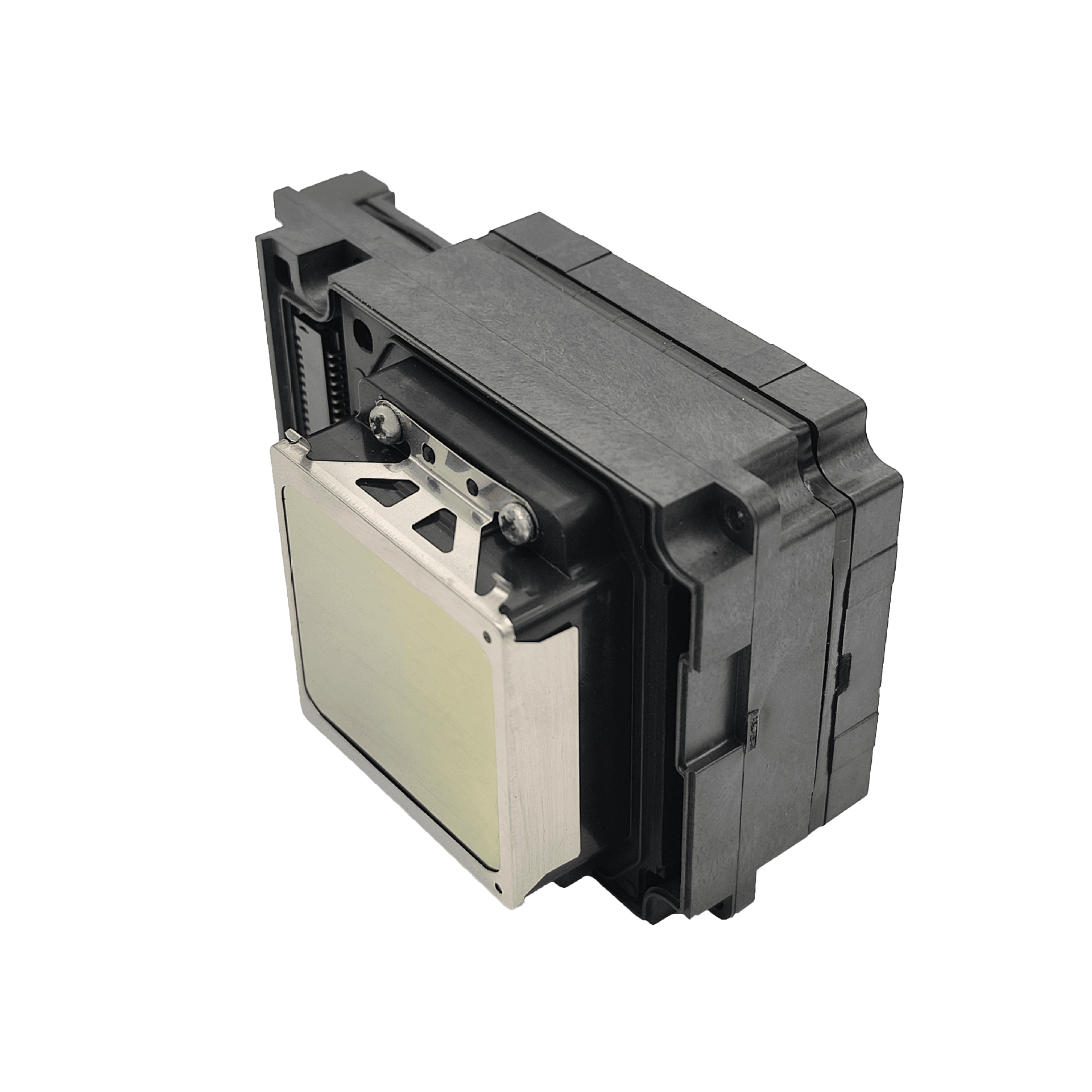
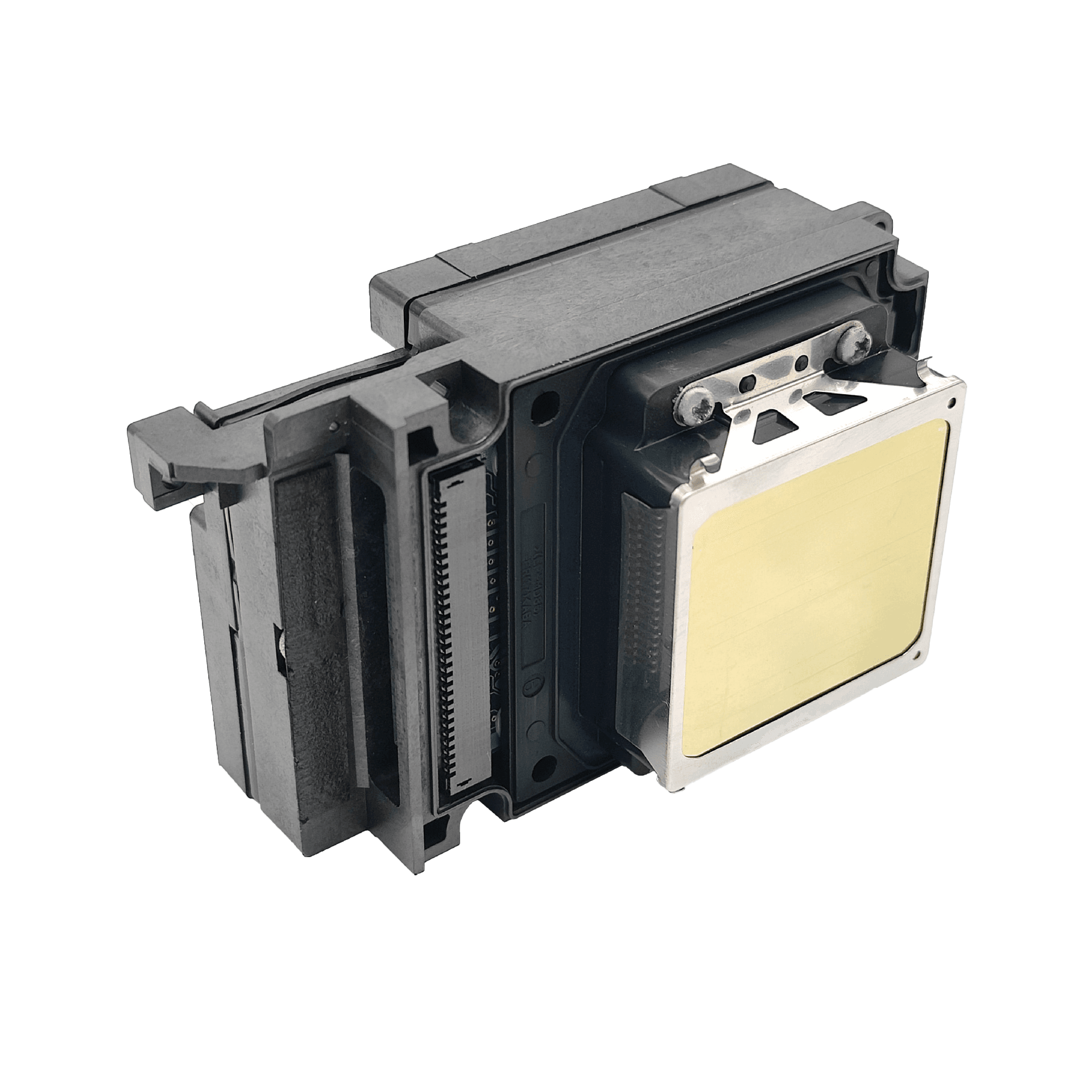
The Epson TX-800 model printer head
- Print Head Type: The TX-800 utilizes micro-piezo technology, allowing for precise control of ink ejection, ensuring high-quality print results.
- Number of Nozzles: This print head is typically equipped with a larger number of nozzles, enabling simultaneous ejection of multiple colors of ink, which enhances printing speed and efficiency.
- Ink Compatibility: The TX-800 print head supports various types of ink, suitable for different printing needs, particularly excelling in applications requiring high lightfastness and water resistance.
- Print Resolution: This print head can achieve print resolutions of up to 1440 dpi, ensuring detail and clarity in printed images, making it suitable for professional photo and art printing.
- Application Areas: The TX-800 print head is widely used in commercial printing, advertising production, and art printing, ideal for situations requiring high-quality output.
- High Speed: The TX-800 print head is designed for fast printing, capable of meeting high-volume printing demands.
- Maintenance and Care: To maintain optimal performance of the print head, regular cleaning and maintenance are necessary to prevent ink clogging and damage to the print head.
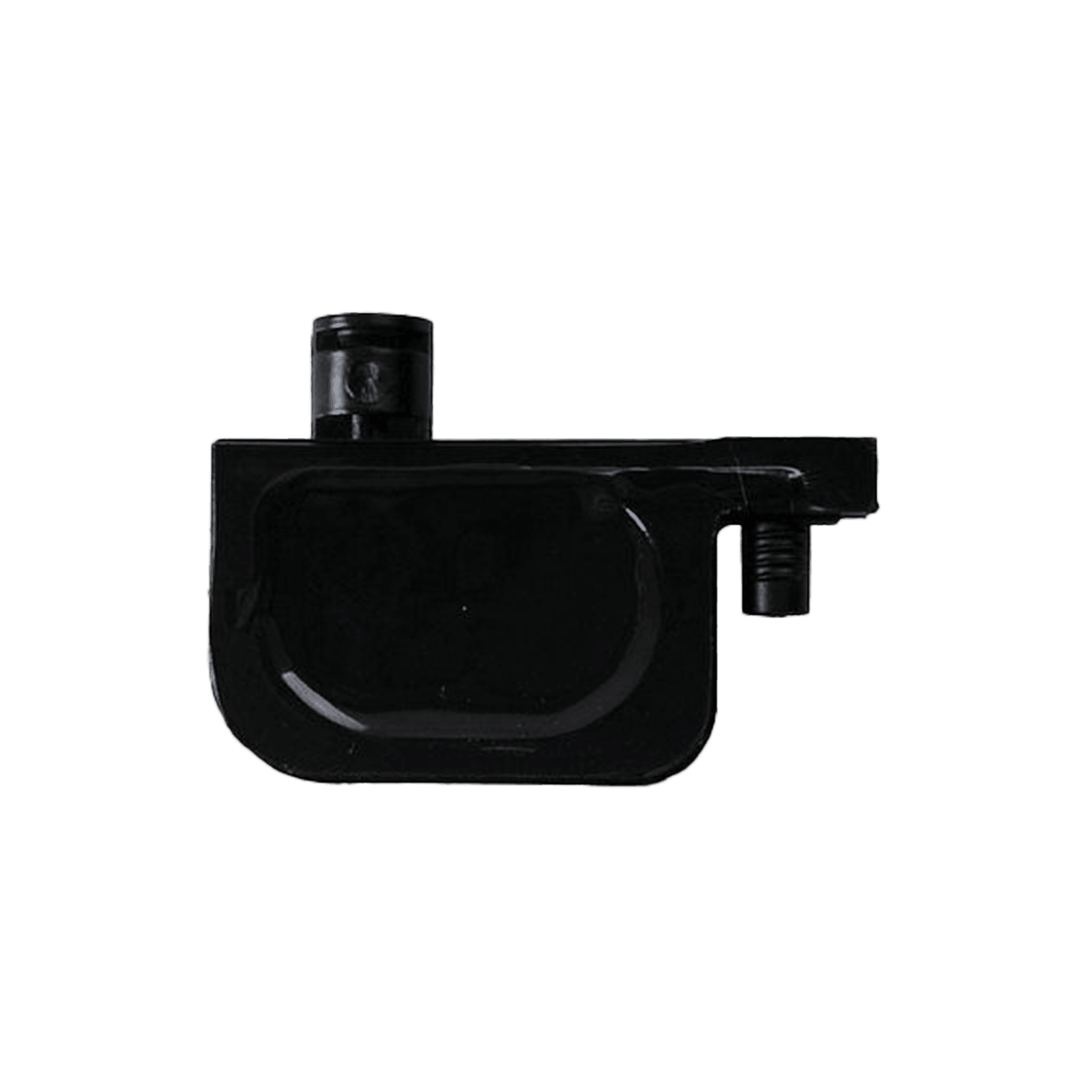
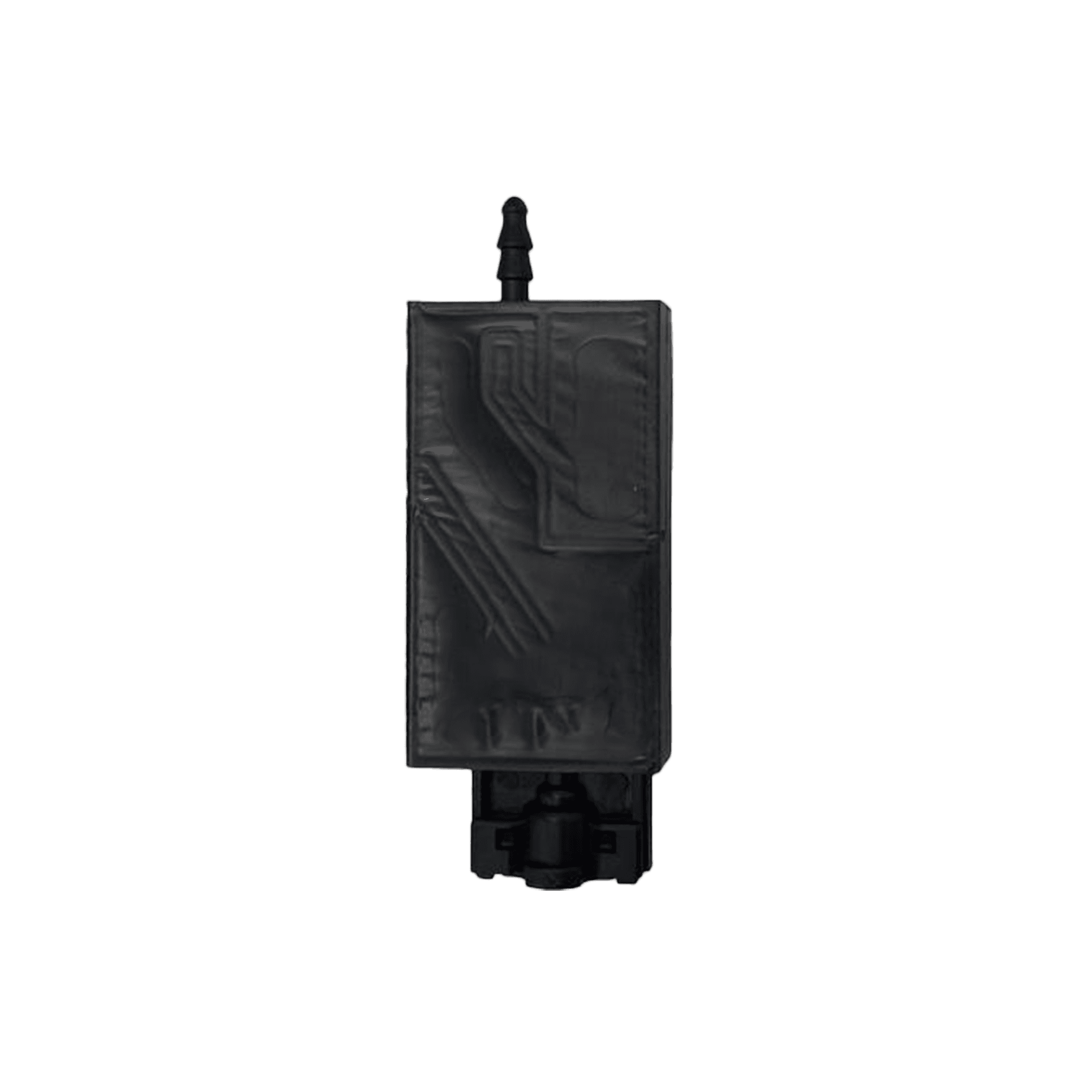
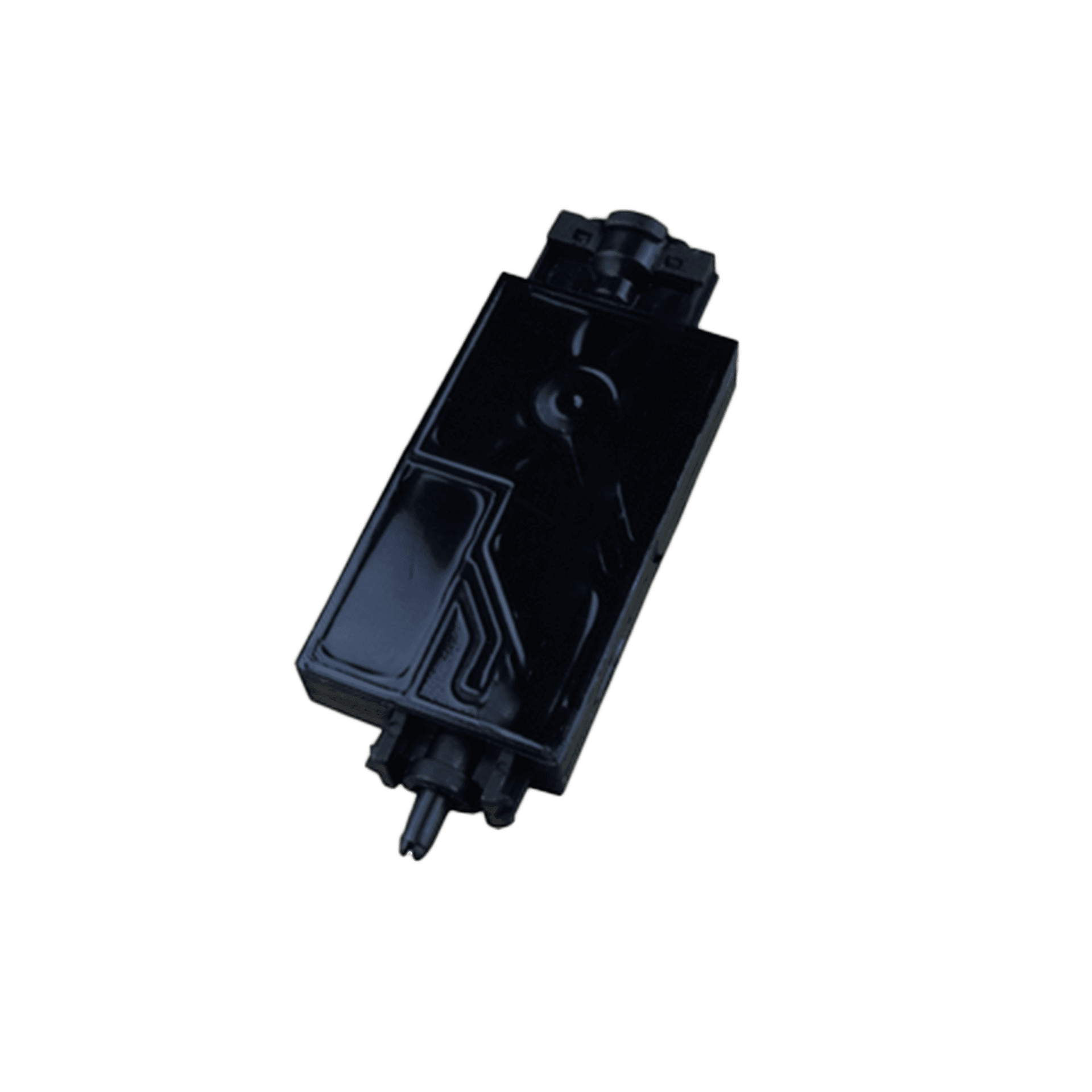
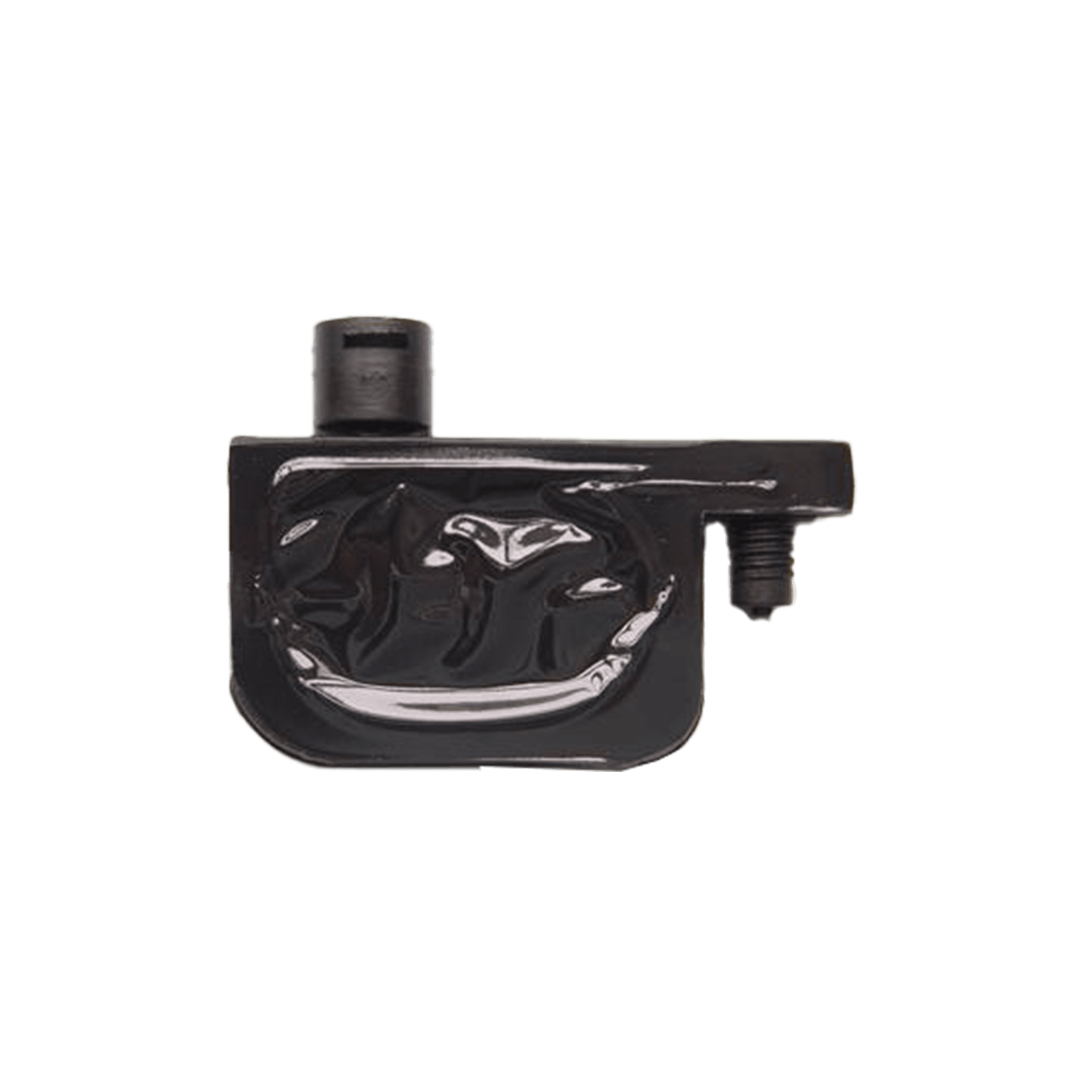
The printer ink cartridge
- Structure: Ink cartridges typically consist of a plastic outer shell and an internal ink storage chamber, which may also contain bubbles or valves to ensure the flow and ejection of ink.
- Capacity: The capacity of ink cartridges varies, usually measured in milliliters (ml), allowing users to choose an appropriate size based on their printing needs.
- Compatibility: Different brands and models of printers use different types of ink cartridges, so users must ensure that the cartridges they purchase are compatible with their printers.
- Installation and Replacement: Ink cartridges are designed for easy installation and replacement, enabling users to complete the process effortlessly according to the printer's instructions.
- Print Quality: The quality of the ink cartridge directly affects the printing results; high-quality cartridges can provide better color reproduction and image clarity.
- Cost: The price of ink cartridges varies by brand, type, and capacity, and users should consider printing costs and usage frequency when making a selection.
- Environmental Friendliness: Many manufacturers offer recyclable or refillable ink cartridges to reduce environmental impact and encourage users to engage in eco-friendly disposal practices.
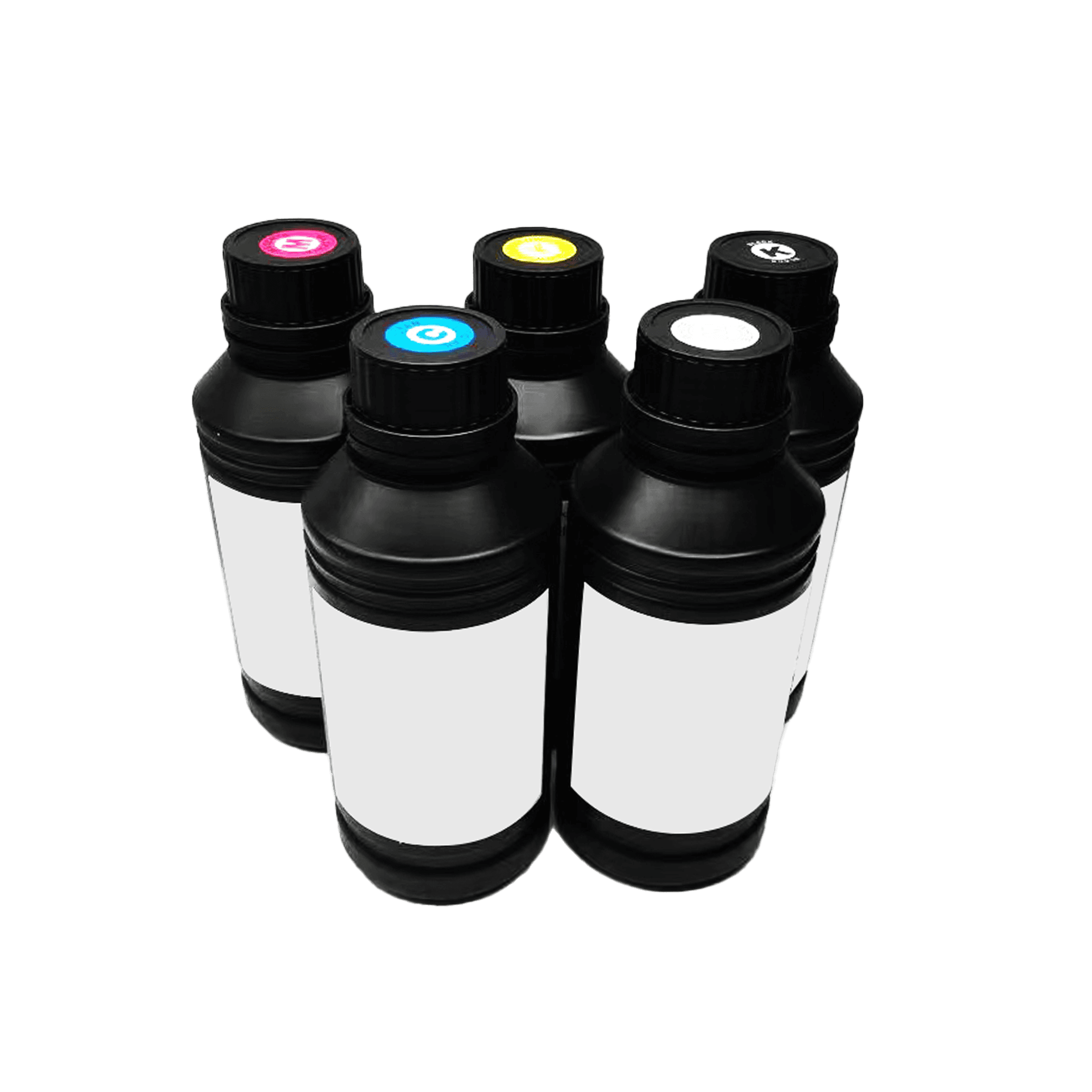
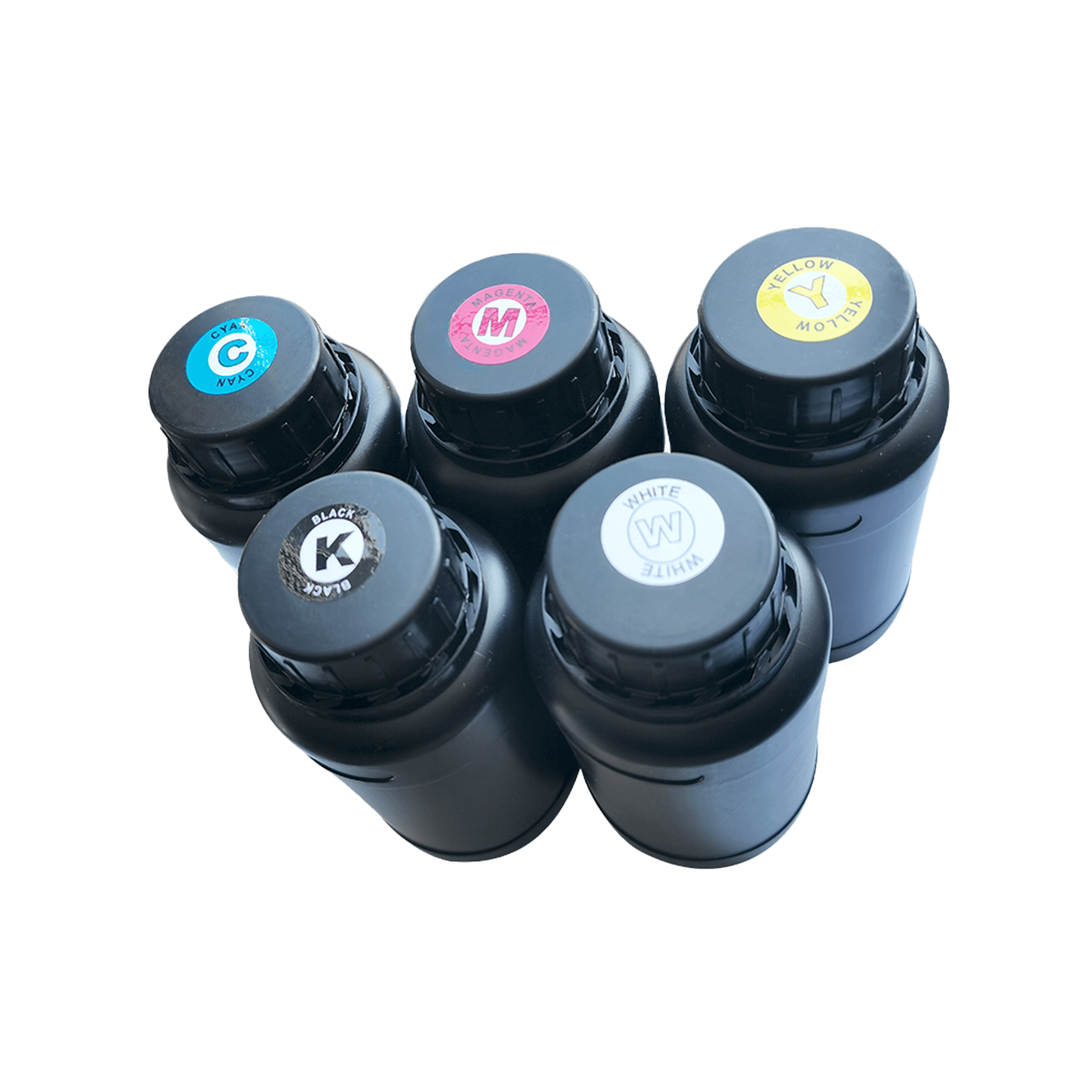
Printer ink
- Composition: Ink typically consists of water, dyes or pigments, solvents, and additives. Additives can improve the ink's flow, drying speed, and adhesion.
- Print Quality: The quality of the ink directly affects the print results. High-quality ink can provide better color reproduction, clarity, and detail representation.
- Compatibility: Different brands and models of printers use different types of ink, so users need to ensure that the ink they purchase is compatible with their printer.
- Storage: Ink should be stored in a cool, dry place, avoiding direct sunlight and high temperatures to maintain its performance and extend its shelf life.
- Cost: The price of ink varies based on brand, type, and capacity, and users should consider printing costs and usage frequency when making a selection.
- Environmental Friendliness: Many modern inks are made from eco-friendly materials, complying with relevant environmental standards to reduce their impact on the environment.
- Usage Precautions: When replacing ink, users should follow the printer's instructions and avoid mixing different types of ink to prevent affecting print quality.
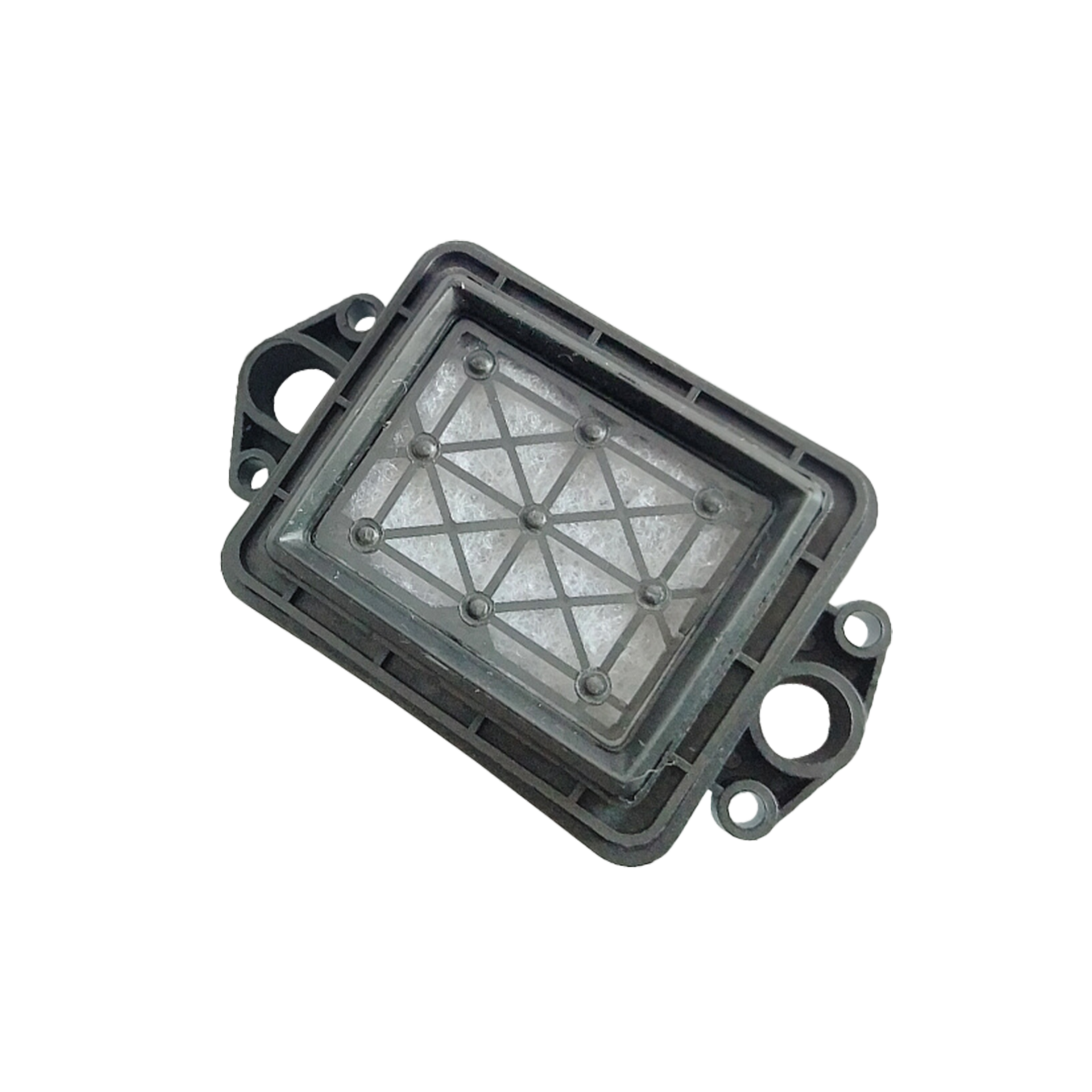
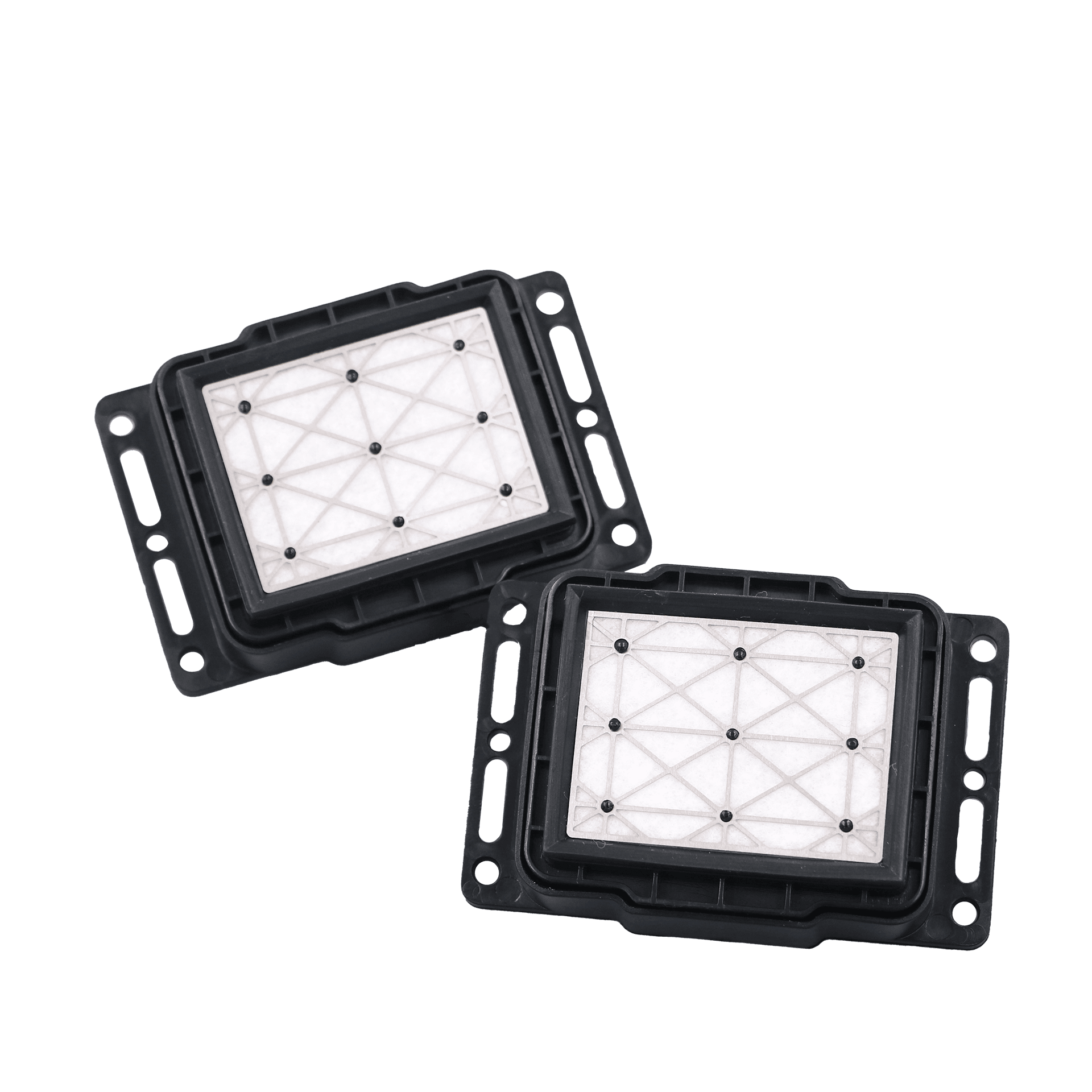
The ink absorber pad
- Function::The main purpose of the ink absorber pad is to collect excess ink generated during the printing process, especially during print head cleaning, nozzle checks, or at the end of print jobs. It helps keep the interior of the printer clean, preventing ink from contaminating other parts.
- Materials: Ink absorber pads are typically made from highly absorbent materials, such as sponge or other synthetic materials, which can effectively absorb and retain ink.Materials: Ink absorber pads are typically made from highly absorbent materials, such as sponge or other synthetic materials, which can effectively absorb and retain ink.
- Location: The ink absorber pad is usually located at the bottom of the printer or under the path of the print head, ensuring that excess ink can be collected in a timely manner during printing.
- Maintenance: The ink absorber pad will become saturated after a period of use and needs to be checked and replaced regularly.
- Impact: If the ink absorber pad is not replaced in a timely manner, it may lead to ink leakage, causing internal damage to the printer or affecting print quality. A saturated ink absorber pad can also result in printer errors, impacting normal operation.
- Cost: The replacement cost of the ink absorber pad is relatively low, but due to its importance, users should regularly check and replace it promptly to ensure the printer operates normally.
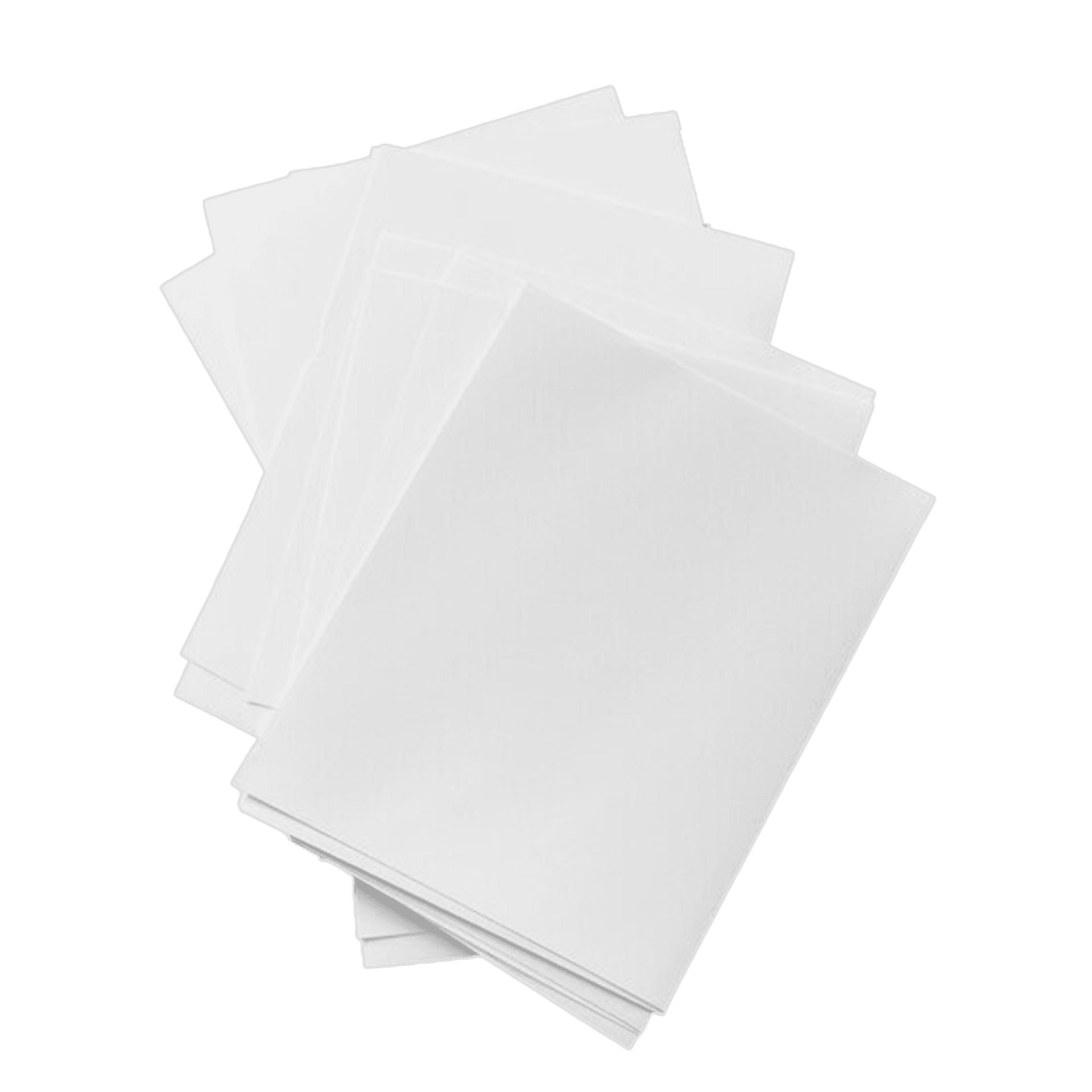
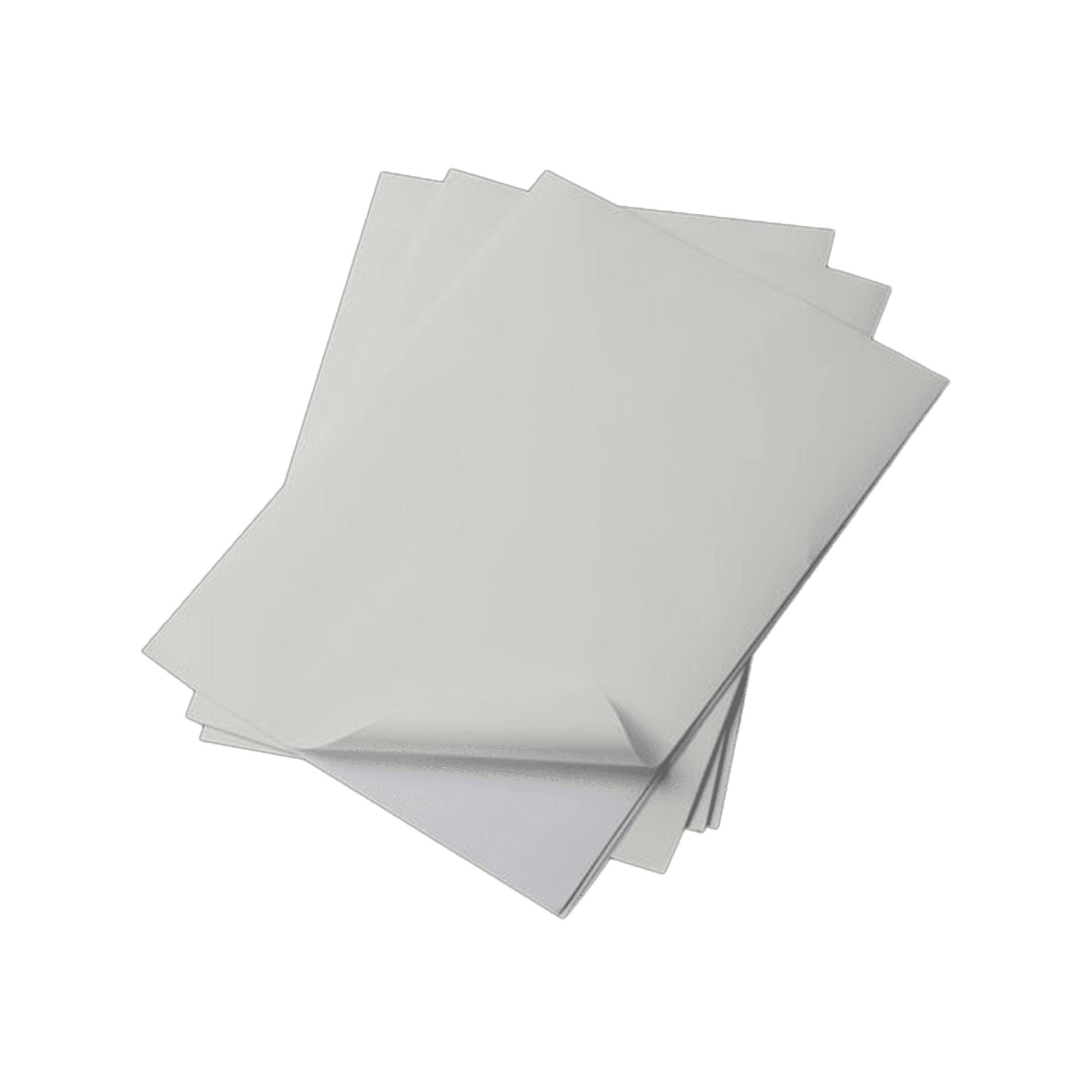
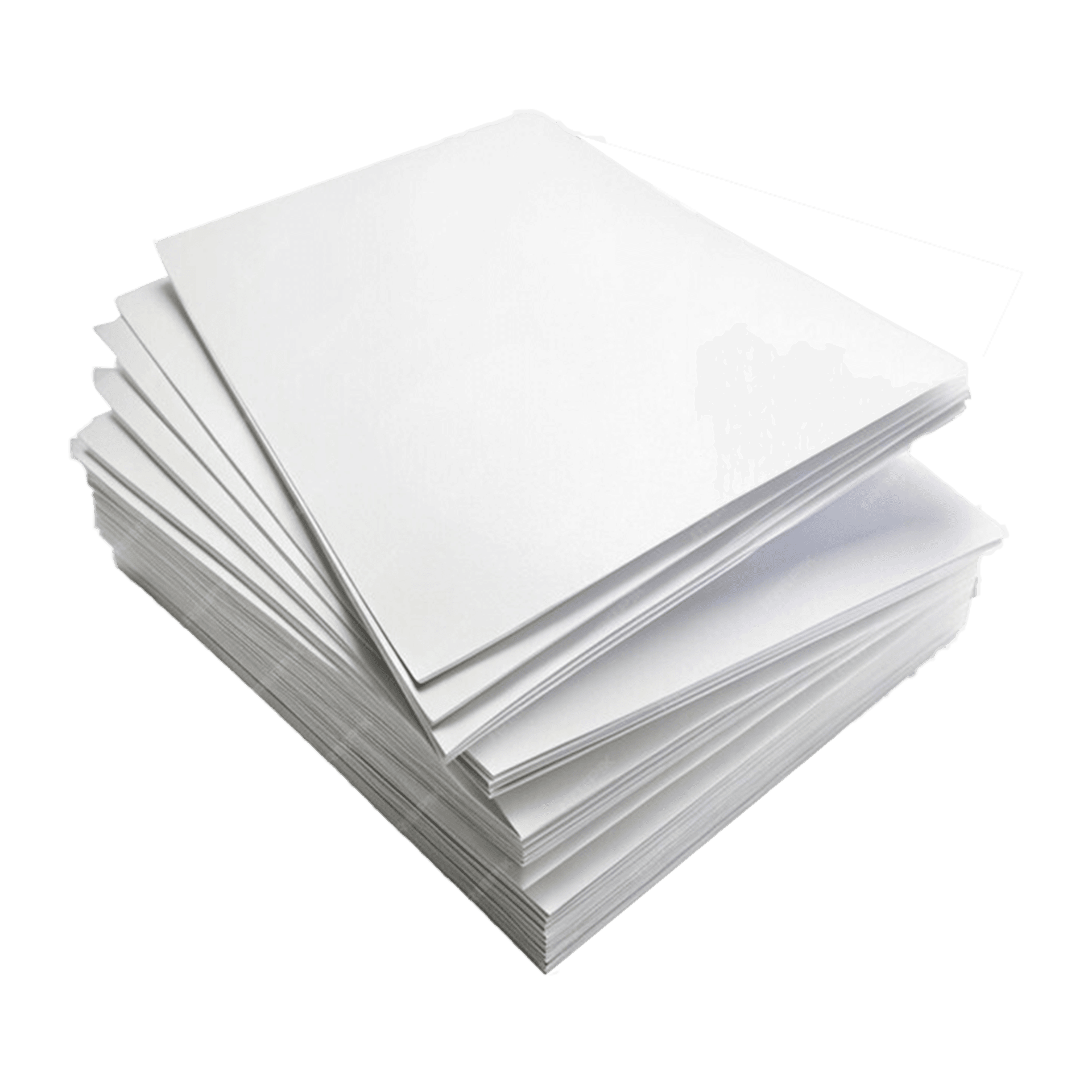
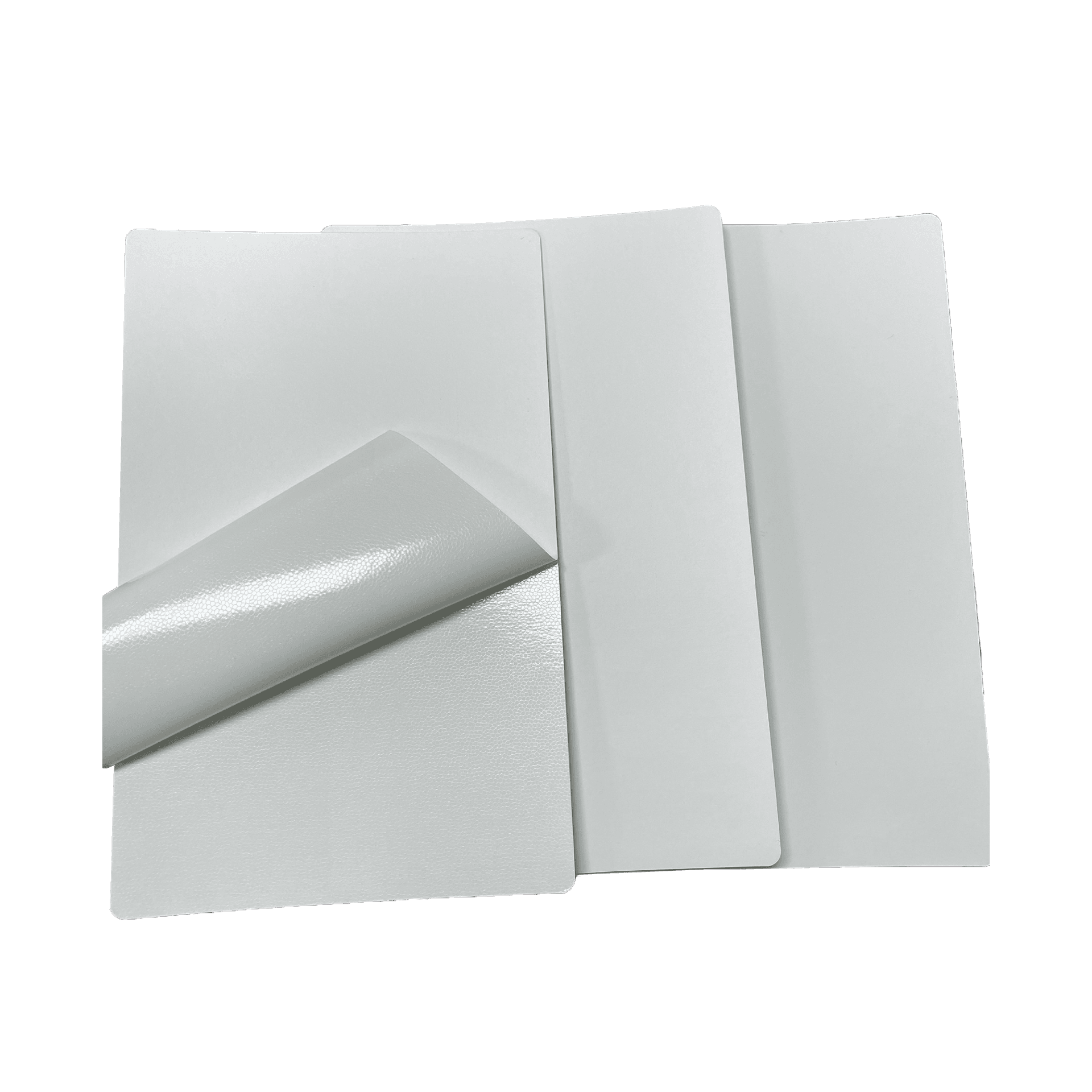
Printing films
- Material Types: Printing films are typically made from polyester, polyurethane, or other synthetic materials, offering good heat resistance and chemical resistance.
- Image Quality: Using printing films can achieve high-quality image output, with excellent color reproduction and detail representation, making them suitable for professional image and design printing.
- Durability: Printing films generally have high abrasion resistance and weather resistance, capable of withstanding water, oil, and chemical exposure, making them suitable for outdoor and industrial environments.
- Ease of Application: Printing films are usually designed for easy operation, allowing users to apply images on different materials conveniently.
- Environmental Friendliness: Many modern printing films are made from eco-friendly materials, complying with relevant environmental standards to reduce their impact on the environment.
